Key in a search term below to search our website.
Key in a search term below to search our website.
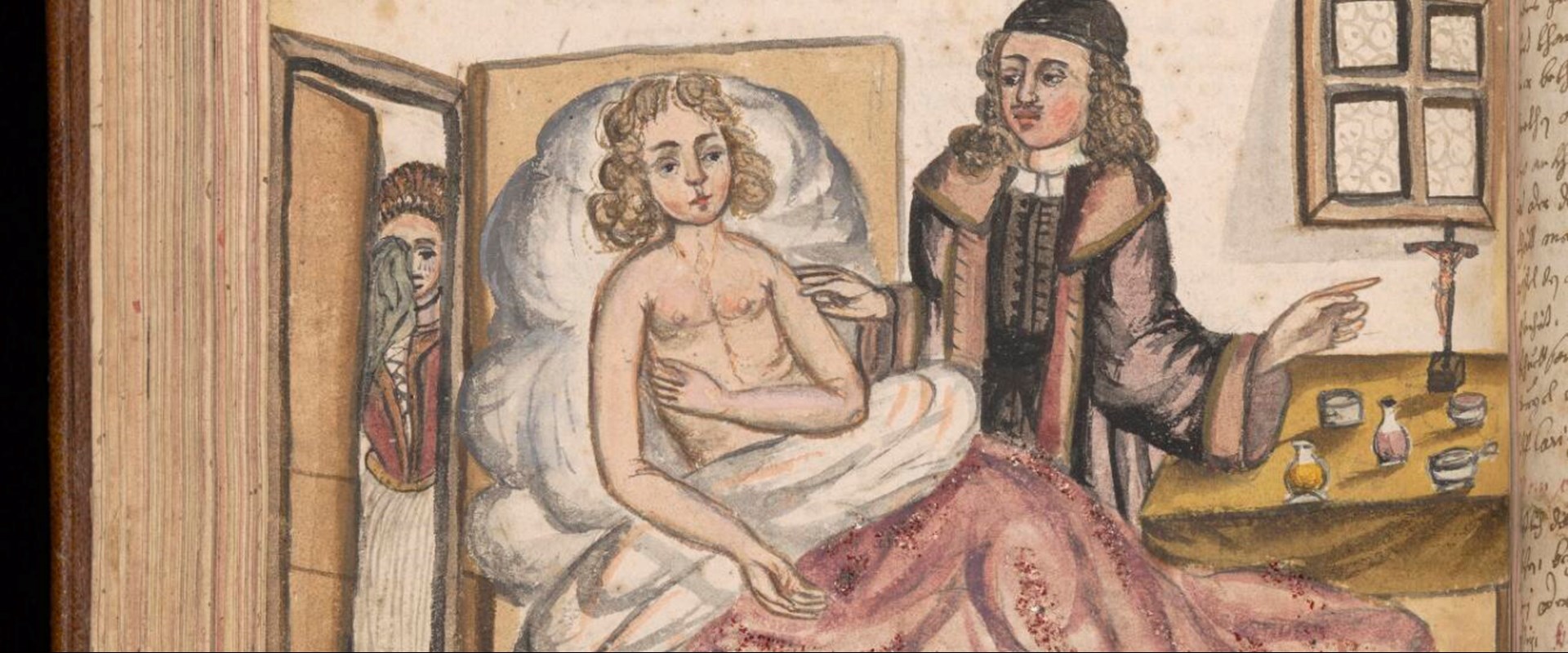
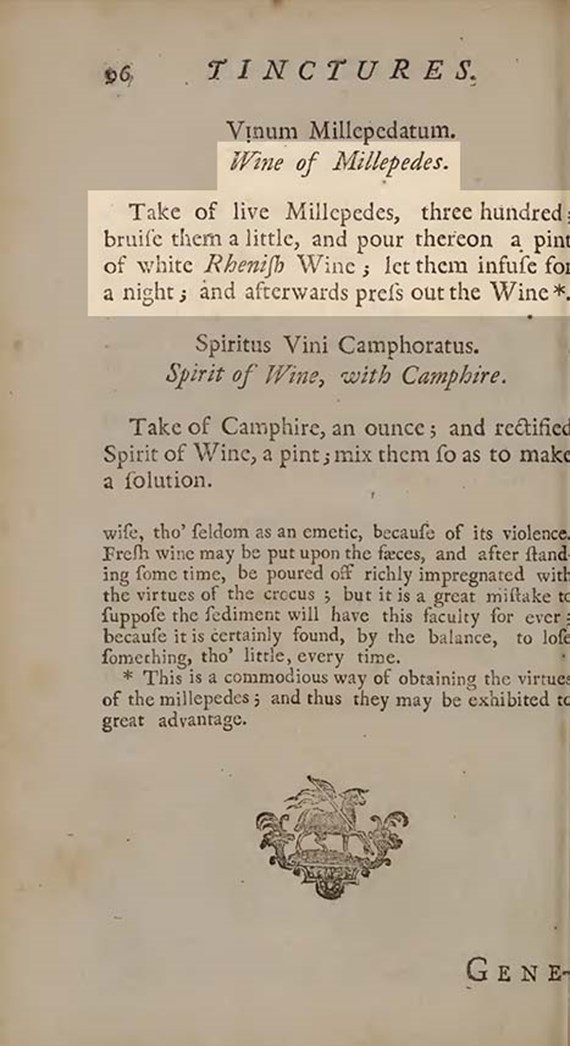
"Take of live Millepedes, three hundred, bruise them a little, and pour thereon a pint of white Rhenish Wine. Let them infuse for a night; and afterwards press out the Wine." from the Pharmacopeia Edinburgensis, Wellcome Collection.
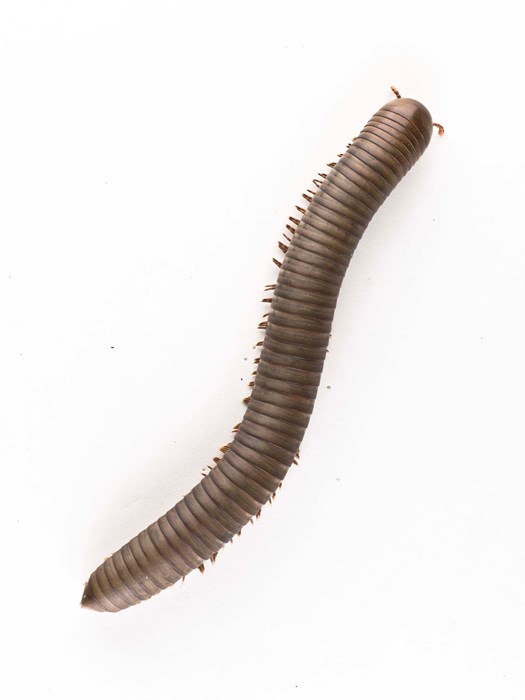
Spirostreptus sp, dried specimen of a millipede (Z.DT.524).
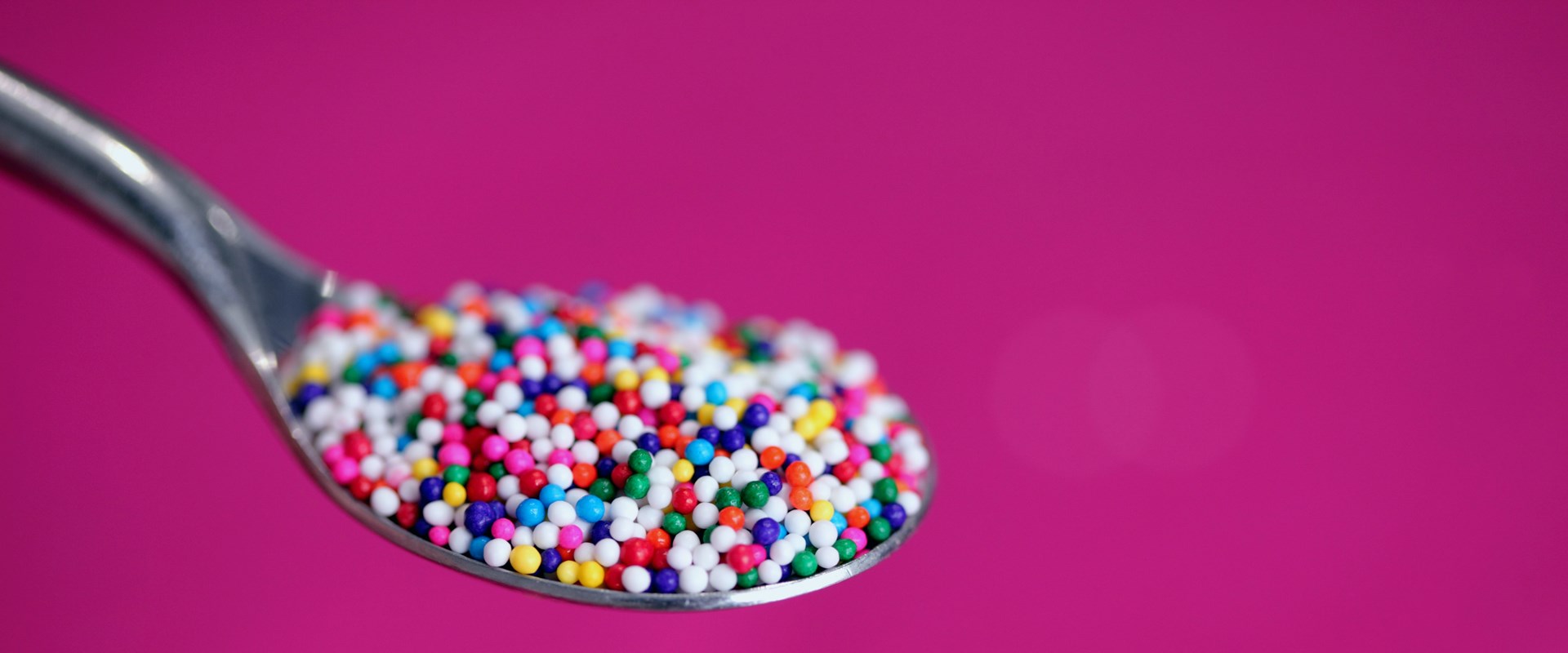
"Take a glass of balm-watter then take clove gellie flowers (carnations) and cut of the whytes and lett them lay upon a paper two or three days then putt a good quantity of them into the glass of balm-watter and lett them infuse till the gellie flowers have lost the coloure, then putt the watter from the flowers, and putt flowers again fresh as before and still change them till the watter detaine the perfect collourze of the flowers.
Then add those into a good quantitie of Sugar candie and also much ambor groise (ambergris, from the digestive tract of sperm whales) and musk as will please your [taste]. So keep the watter closs stopped from the air. " from the Women's Recipe Book, National Library of Scotland.
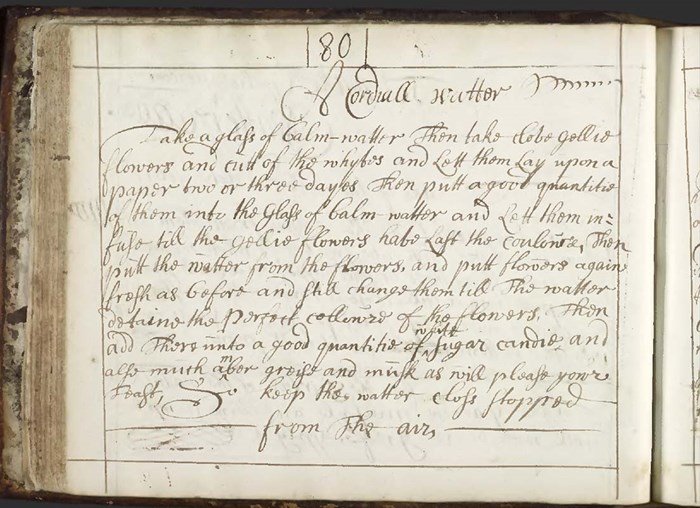
Rock crystal charms were believed to cure a variety of illnesses in both people and cattle. Suspended from a chain, the crystals were usually dipped into water, which the patient would then drink. This silver-mounted crystal, from the 16th or 17th century, belonged to the Stewarts of Ardsheal in Argyllshire.
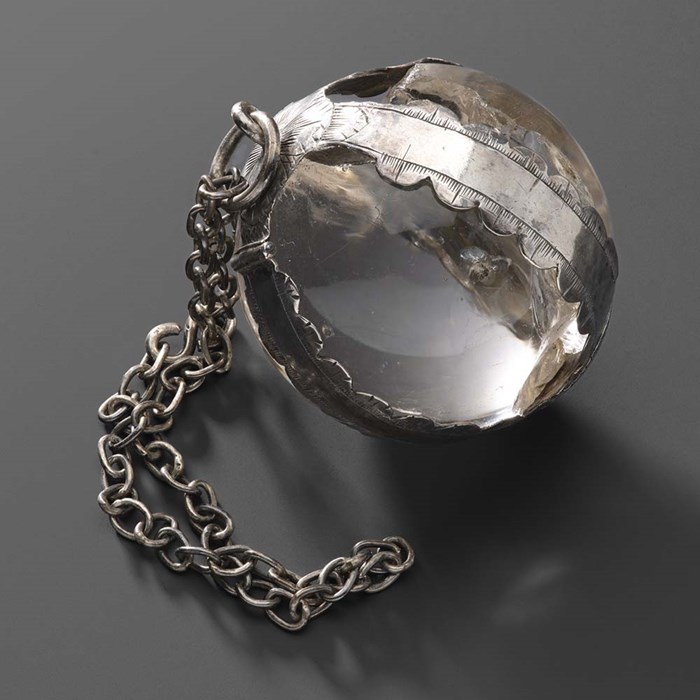
Rock crystal ball with a silver frame and chain, the charmstone of the Stewarts of Ardsheal, 16th - 17th century (H.NO 72)